CarEdge saved me over 4,500 dollars on a brand new Honda Pilot. I can't say thank you enough.
Price intelligence
Find a wide range of vehicle listings with market insights on new and used listings near you.


Help us personalize your CarEdge experience — it only takes a second.
Your answers help us personalize your CarEdge journey — we’ll follow up with tips and next steps that match your buying timeline.

The best EVs under $50,000 are more capable than ever before. But that doesn’t mean that they’re equally suited for the diverse needs of today’s drivers. Whether you’re hauling a family or looking for your next ridesharing car, these are the best EVs under $50k that are available now.
To qualify for federal EV incentives, ensure you purchase a Tennessee-built VIN.
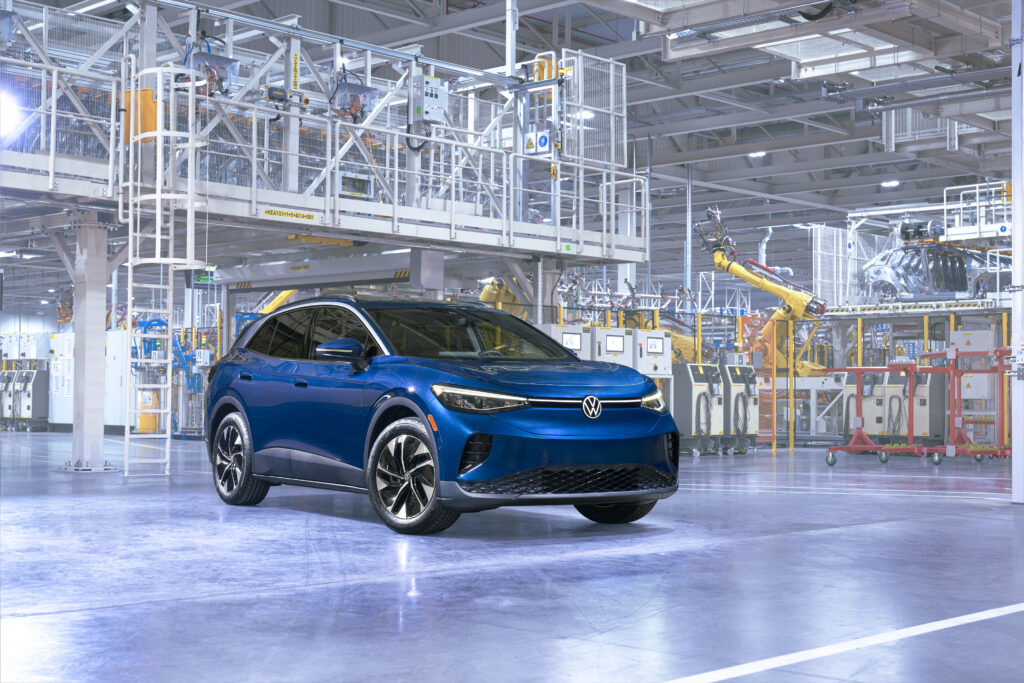
Price: $37,495 – $53,995
Range: 208 – 293 miles
Charging Speed: 130 kilowatts (standard) to 170 kilowatts (Pro); Add 200 miles of range in 28 minutes

Tax Credit: The U.S.-built ID.4 qualifies for at least half of the new EV tax credit. Make sure yours is built at the Chattanooga, Tennessee factory! See full details here.
Did You Know? The 2024 VW ID.4 includes three years of free 30-minute charging sessions at Electrify America. For those who travel often, this incentive could be worth hundreds of dollars.
Build and price your own ID.4 at vw.com
After a price drop, the cheapest Tesla is available for thousands less. No dealers, no markups!
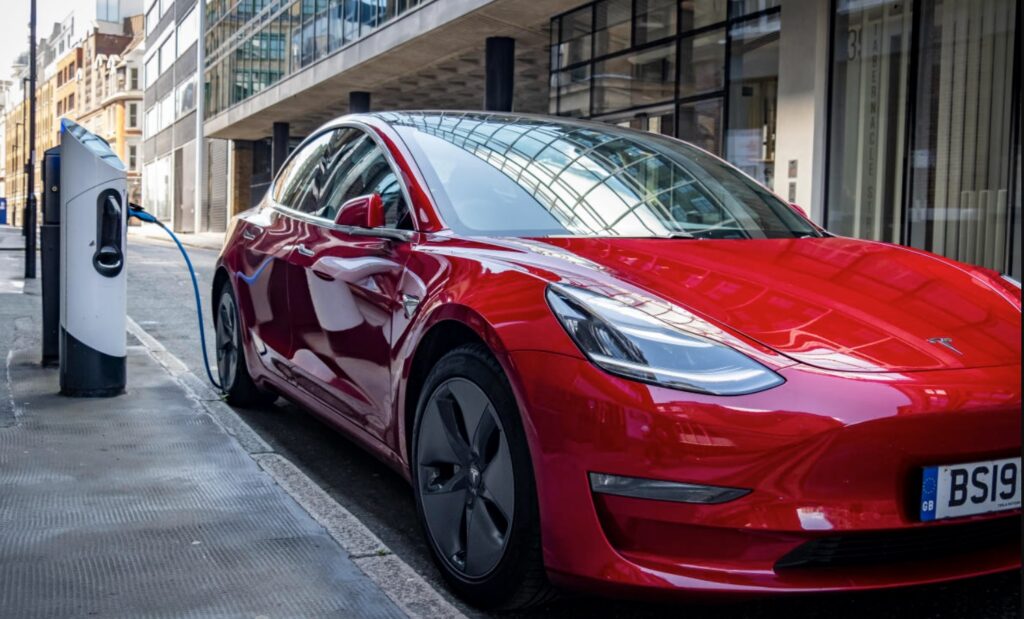
Price (rear-wheel drive): $42,380 (including destination charges)
Range: 272 miles
Charging Speed: 170 kilowatt max (adds 200 miles in 30 minutes of charging)
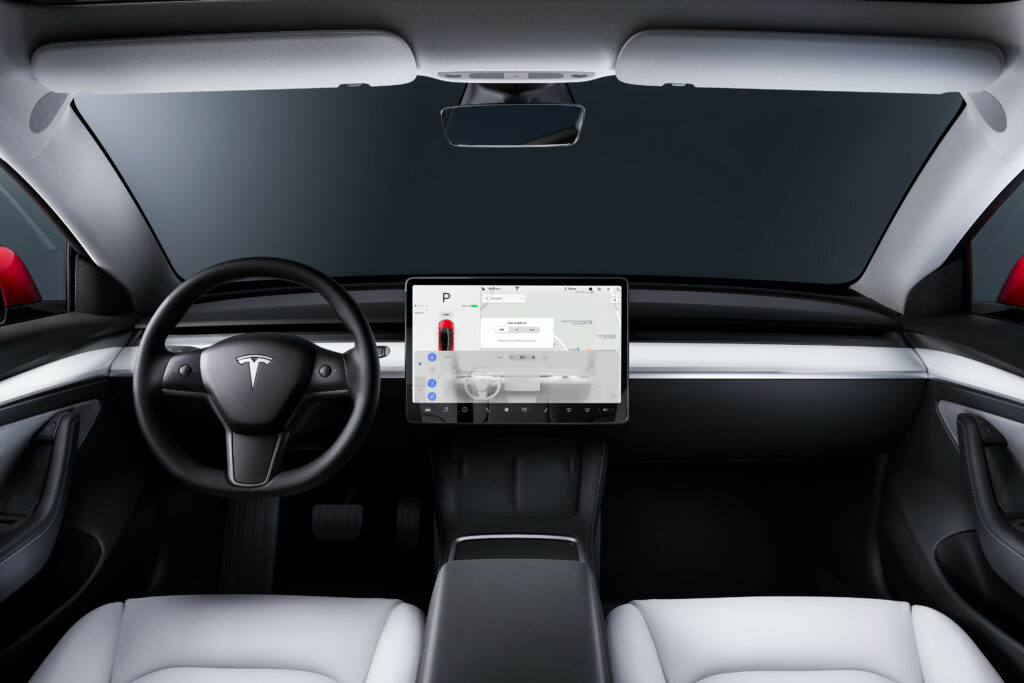
Federal Tax Credit: In 2024, the rear-wheel drive and all-wheel drive variants of the Tesla Model 3 have again lost the federal EV tax credit. This time, it’s not due to high sales, but because of battery sourcing.
Did You Know? Used Tesla prices have fallen dramatically since price cuts for new Tesla models were announced. See the latest used Tesla price forecast here.
Build and price the Model 3 at Tesla.com
As long as your Bolt has the new battery post-recall, the Bolt is by far the most affordable electric option available. But it’s not for road trips with the family.

Price: $26,595 – $38,995
Range: 247 to 259 miles
Charging Speed: 55 kilowatt max (adds 200 miles in one hour of charging)

Federal Tax Credit: In 2024, the Bolt again qualifies for federal EV incentives. See full details here.
Did You Know? The Bolt has great range, but charges slowly. We think this is a great budget option for around town, but not for cross-country road trips.
Build and price your own Bolt EV or EUV at chevrolet.com
The new IONIQ 5 may have stolen the show, but the Kona EV is thousands of dollars cheaper. It’s one of the best EV values well under $50k. If you take frequent road trips, the Kona’s slow charging could be a deal breaker.

Price: $33,550 – $41,550
Range: 258 miles
Charging Speed: 100 kilowatt max (180 miles added in 47 minutes)

Federal Tax Credit: In 2022, the new revisions to the EV tax credit took away this incentive from the Kona EV. See full details here. State incentives may apply.
Did You Know? The all-new Hyundai IONIQ 5 has stolen the show with more range, MUCH faster charging, and better looks. Although MSRP starts closer to $45,000, dealer markups make it hard to find one under $50,000. More on that below.
Build and price your own Kona EV at hyundaiusa.com
Don’t like the looks of the Kona EV? The Niro is the same vehicle on the inside. Note that the Niro and Kona EVs are based on older EV powertrains, and charge quite slowly. Go for the Kia EV6 or IONIQ 5 for faster charging.

Price: From $40,875 with destination fees
Range: 253 miles
Charging Speed: 100 kilowatt max at a DC fast charger (adds 177 miles of range in about 45 minutes)

Federal Tax Credit: The new revisions to the EV tax credit took away this incentive from the Niro EV. See full details here. State incentives may apply.
Did You Know? The 2024 model year introduces a plug-in hybrid version with 33 miles of all-electric range. This is a great option for frequent travelers, rural drivers, and those without a place to charge at home.
Build and price your own Niro EV or plug-in hybrid
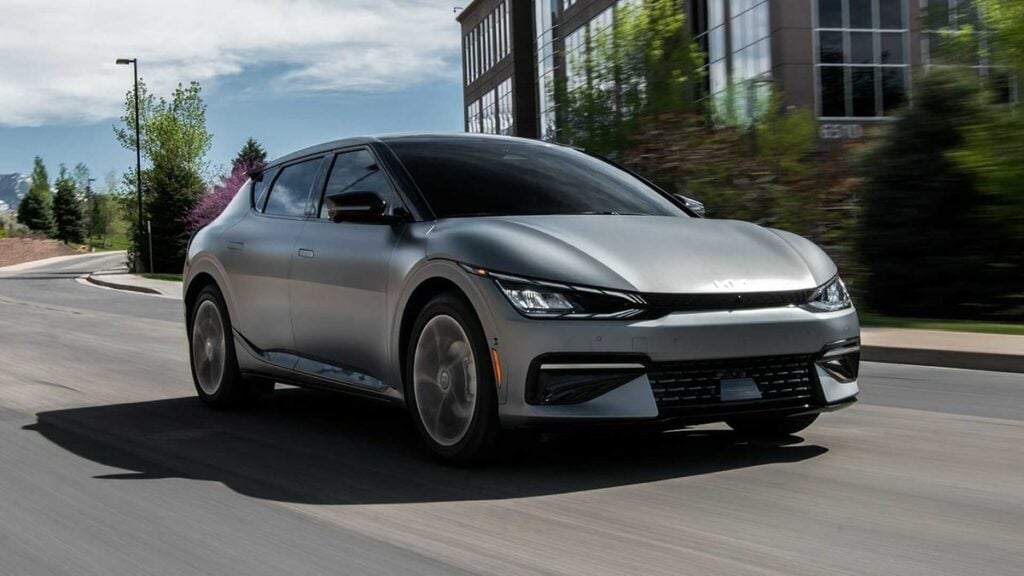
Price: $43,800 (Wind Rear-Wheel Drive)
Range: 310 miles
Charging Speed: 235 kilowatt max at a DC fast charger (adds 200 miles of range in about 20 minutes)
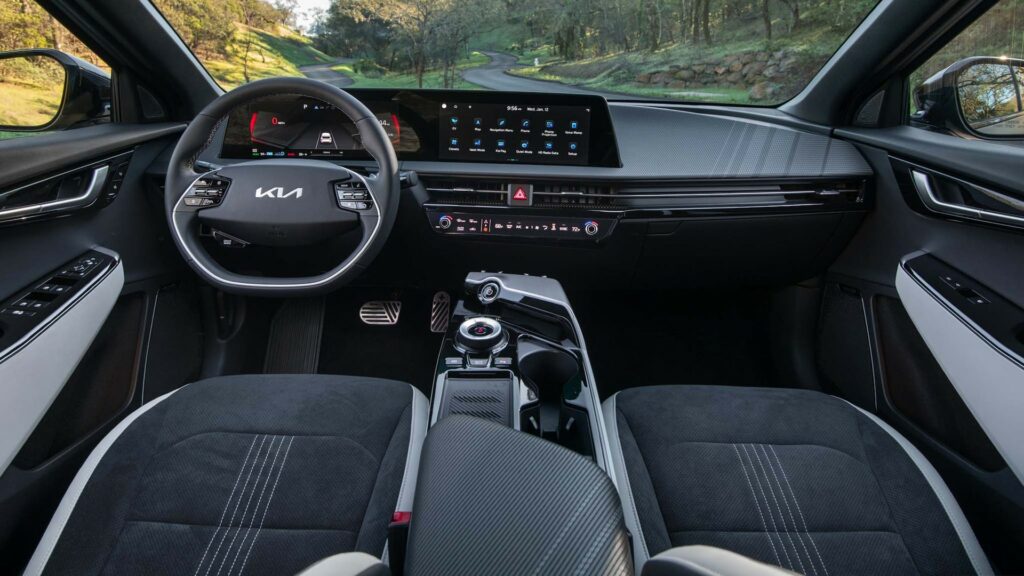
Federal Tax Credit: The new revisions to the EV tax credit took away this incentive from the EV6. See full details here. State incentives may apply.
Did You Know? The Kia EV6 is based on the same e-GMP electric platform as the Hyundai IONIQ 5. If the looks of the EV6 are too much for you, maybe the IONIQ 5 is up your alley. The EV6 comes with 1,000 kilowatt-hours of free charging at Electrify America. That’s about 15 charging sessions from 10% to 80%.
Build and price your own EV6 at kia.com
Despite winning so many awards in 2022, Hyundai has struggled to sell the IONIQ 5 due to the loss of the federal tax credit. See the latest IONIQ 5 inventory in your area.

Price: From $43,785 (SE Standard Range). Gain more range from $45,000+.
Range: 220 miles (Standard Range) to 310 miles
Charging Speed: 235 kilowatt max at a DC fast charger (adds 200 miles of range in about 20 minutes)

Federal Tax Credit: The new revisions to the EV tax credit took away this incentive from the IONIQ 5. See full details here. State incentives may apply.
Did You Know? The IONIQ 5 and it’s sibling the Kia EV6 are by far the fastest-charging EVs under $50,000. The IONIQ 5 has two years of free charging at Electrify America.
Build and price your own IONIQ 5 and hyundaiusa.com
Last but certainly not least, the entry-level Mustang Mach-E starts under $50k. Finding one without a dealer markup is a challenge.
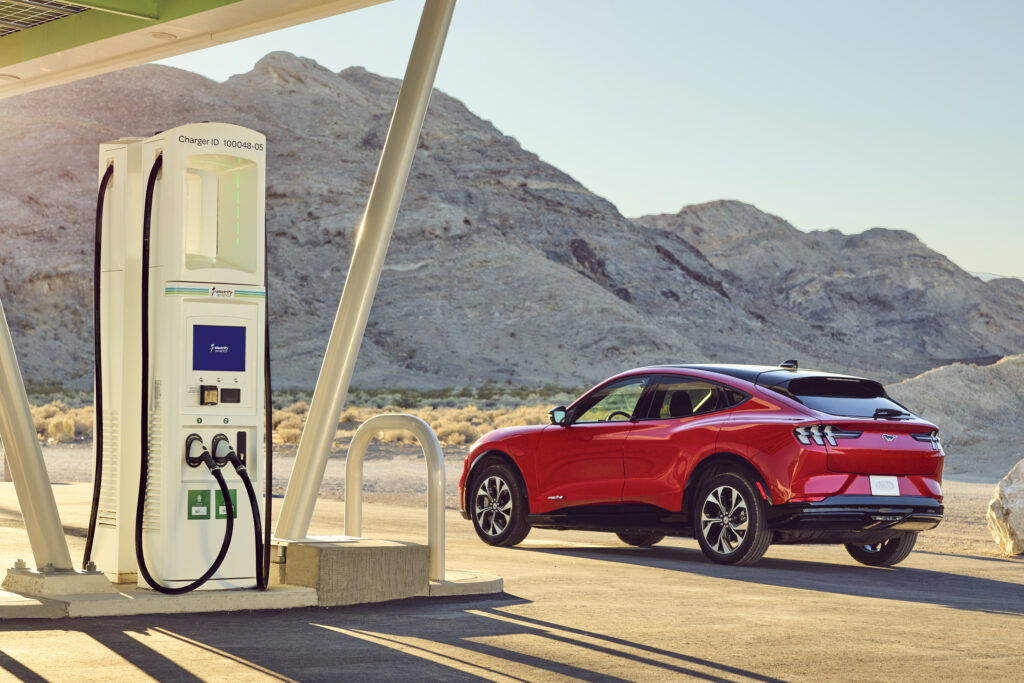
Price: Starting at $45,995
Range: 247 miles (Standard Range battery)
Charging Speed: 150 kilowatt max speeds (adds 170 miles of range in 35 minutes)

Federal Tax Credit: The Mustang Mach-E is made in Mexico, so it continues to qualify for at least half of the new EV tax credit. Qualification for the full credit depends on the battery supplier. See the latest from the federal government.
Did You Know? The Mustang Mach-E is one of the top-selling EVs in America, although it remains far behind Tesla.
Build and price your Mustang Mach-E at Ford.com
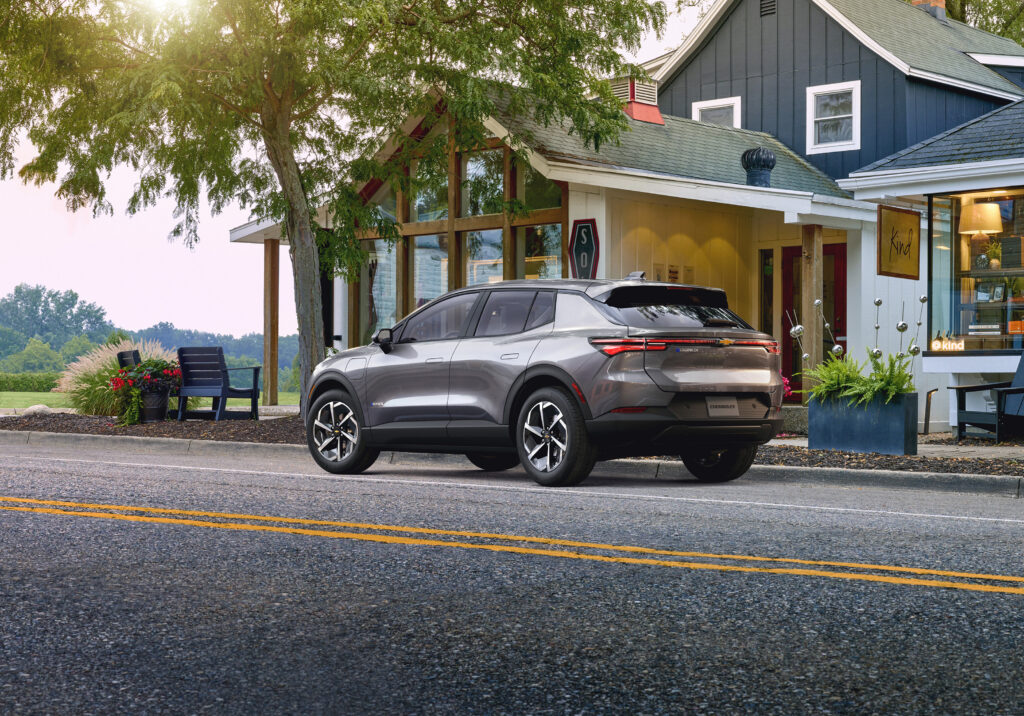
The Equinox EV was recently introduced, and GM still claims that it will start “around $30,000.” Even if the most preferred trim options run closer to $40,000, the Equinox EV looks to be a great deal.
Here are the standout specs GM has released:
See every detail released so far, from trim options to expected pricing
Don’t forget that both state and federal EV incentives may apply. Here’s our full breakdown of which models are likely to qualify. For the first time, a used EV tax credit is available, but very few models qualify due to the price cap. We’ve got the full details covered here.
Not sure which path is right for you? Head over to the CarEdge community forum to chat with auto experts with years of experience. I’m on the forum daily!

General Motors finally released details about what could turn out to be the most important electric vehicle of the decade. Yes, Tesla pioneered the mass production of EVs in the 2010s, but GM intends to bring them to the masses with affordable pricing. Now that we know almost everything about the 2024 Equinox EV, how does it compare to the Chevy Bolt EV and EUV, and the many higher-priced electric crossovers on the road? Plus, we’ll also go over why I don’t think the Equinox EV will cost $30,000, despite GM’s comments.
Only two big questions remain after GM released details and new images of the Equinox EV in September. Although we don’t yet know exact pricing or battery capacity, the latest press releases have revealed a future-ready EV with great range, decent charging, and GM’s reiterated $30,000 price tag. Let’s dig into the details, and why I sincerely think this model alone will be a make-or-break moment for the electrification of America’s legacy automakers.
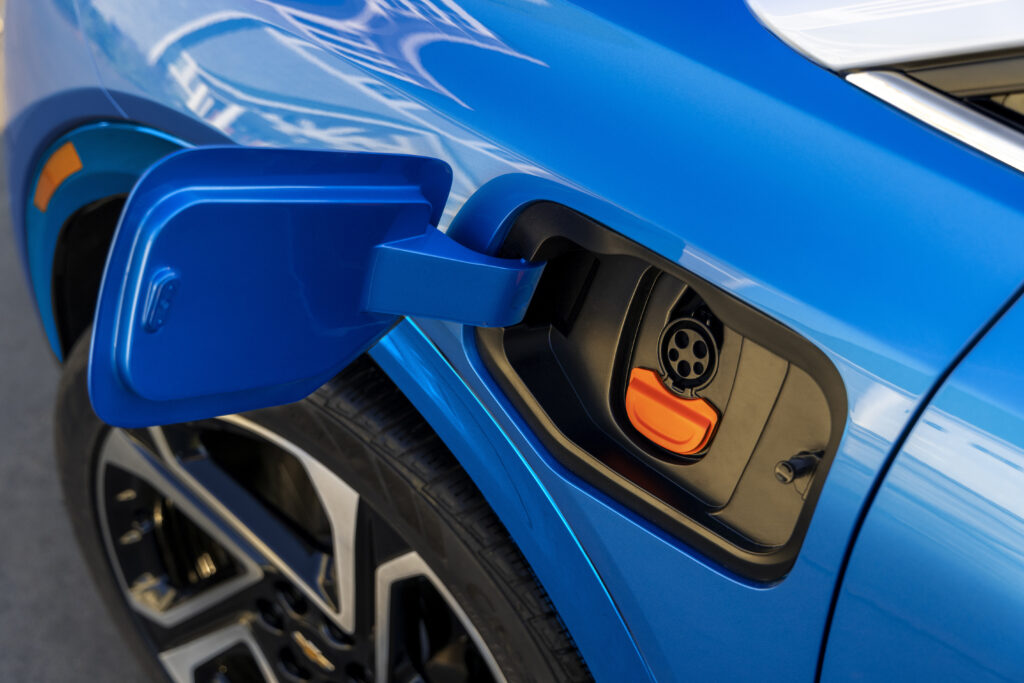
The Equinox EV will be available in standard and extended range battery options. Front-wheel drive will offer either battery capacity, and all-wheel drive will only be offered with the long-range pack. GM has not divulged the battery capacity figures, but we do know that the Equinox EV will be powered by the Ultium electric platform that GM engineered in partnership with LG Energy Solutions. That’s great news, as the Ultium battery has proven to be a game changer in the GMC Hummer EV and Cadillac Lyriq.
These are the unofficial range figures that GM shared with us:
On the performance side, the Equinox won’t compete with the more powerful Blazer EV, or many of the other segment competitors for that matter. It’s becoming clear the GM wants the Equinox to stand out for every day functionality and eye-catching affordability.
GM has not released official passenger and cargo volume numbers, but they did release some key numbers. The Equinox EV is larger than the gas-powered Equinox. It’s 7.4 inches longer overall with a wheelbase that is 9 inches wider. The much wider wheelbase creates more interior space, similar to how other automakers have make crossovers feel a lot more like larger SUVs. In terms of overall width, the EV is 3 inches wider than the gas version.
The Equinox EV is one inch shorter than the gas version, and that’s definitely for aerodynamic reasons.
We’ll update this page as more info becomes available.
This was the only letdown in my book, but it’s not a deal breaker. General Motors has often touted the next-generation capabilities of its Ultium batteries. More range, faster charging, better efficiency. The Ultium-powered Cadillac Lyriq charges at 190 kilowatts and the GMC Hummer EV peaks at 180 kW, so I was a bit confused to see that the Equinox EV is limited to 150 kilowatt charging speeds at a DC fast charger. It’s totally possible that CEO Mary Barra and the crew are taking a page out of Porsche’s EV gameplan: underpromise and overdeliver.
Even with 150 kw charging speeds, what matters more is the charging curve. Early testing with the Hummer EV shows that at 65% state of charge, the Hummer was still pulling 170 kilowatts. That’s a great sign. Combined with GM’s claimed ability for the Equinox EV to add 70 miles of range in 10 minutes, and it starts to sound like a pretty sweet deal for those who travel at a leisurely pace.
To summarize:

When charging any electric car at home, you have two options. No additional installation is required to simply ‘trickle-charge’, which means plugging in to a standard three-prong wall outlet. Commonly known as level one charging, this would add just 3-5 miles of range per hour, but drivers like myself find it to be plenty enough since I leave my car plugged in all night, and I don’t drive more than 30 miles on most days.
If you drive over 40 miles per day at least a few times each week, you’ll either want to install a level 2 home charger, or plan to spend time at public charging stations. A trained electrician will be needed to install a level 2 charger, and equipment plus labor can add up to a few thousand dollars. If you do go the level 2 route, you’ll be rewarded with MUCH faster home charging.
The Equinox EV will have some of the fastest home charging available from any EV, including luxury options. The Equinox’s standard level 2 charging is rated at 11.5 kilowatts, which is noticeably higher power than most EVs today (limited to 6 to 9 kilowatts at level 2). The higher trims of the Equinox EV will go even further to 19.2 kW home charging. With that, the Equinox RT and RS could add 51 miles of range per hour.
Don’t forget that EVs typically charge overnight while you sleep. It can be tempting to compare home charging times to a quick gas station fill-up, but life with an EV is altogether a different automotive lifestyle.
What comes standard: if you’re a fan of massive horizontal touchscreens, we have good news. The Equinox comes standard with an 11 inch infotainment touchscreen, a separate 11 inch digital gauge cluster, manual cloth seats, and 250 miles of estimated range from Chevrolet’s standard battery.

Standard safety features are generous. Standard Chevy Safety Assist includes:
Additional safety and assist features are available in higher trims, as detailed below.
Starting price: GM says “around $30,000 before incentives”; CarEdge expected price: $32,000

The 1LT includes all of the standard features mentioned above, including:
Starting price: TBD; CarEdge expected price: $37,000
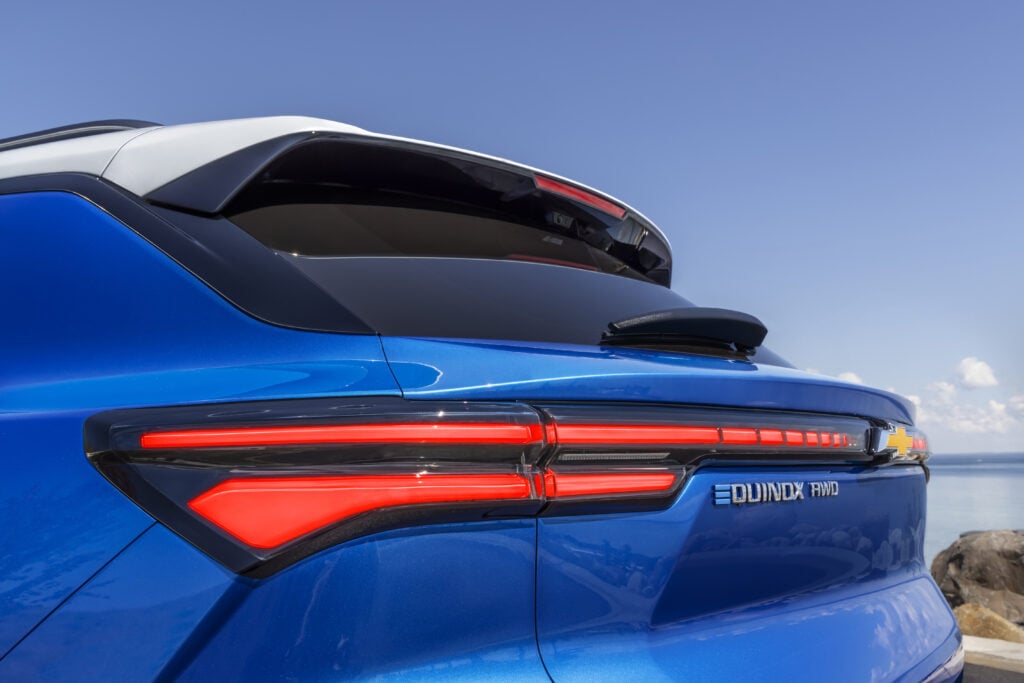
The Equinox 2LT is likely to be the option for the budget-conscious EV buyer who wants more range, improved looks, and niceties like heated seats. The 2LT adds:
Starting price: TBD; CarEdge expected price: $48,000 – $55,000

The 3LT has most of the bells and whistles, but pricing will likely undercut its nearest competitors like the Ford Mustang Mach-E and Kia EV6. Available options like all-wheel drive, heads-up display and SuperCruise are expected to drive a fully-loaded Equinox 3LT to a substantially higher price.
In addition to the features included in lower trims, the 3LT includes:
Starting price: TBD; CarEdge expected price: $52,000
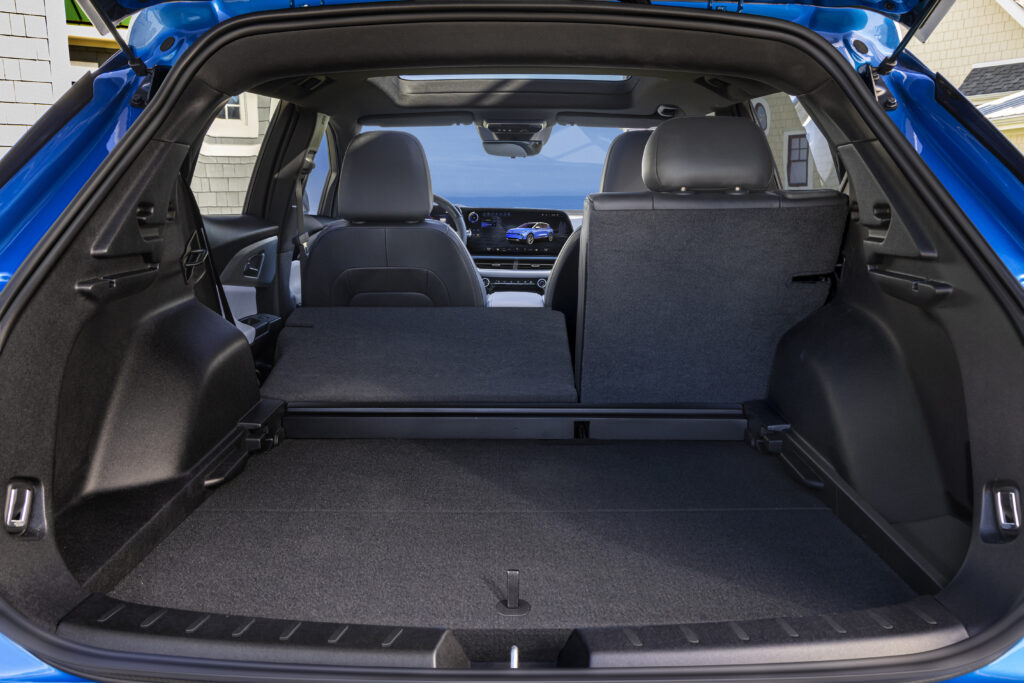
GM has decided to launch the electric Equinox in the fall of 2023 with the 2RS trim. This is the entry-level sporty trim option. It’s all about looks.
Starting price: TBD; CarEdge expected price: $60,000

Available 19.2 kilowatt home charging is the real standout option with the 3RS. Aesthetically, this is as close as the Equinox EV gets to its sportier sibling, the 2022 Chevy Blazer SS EV.
The 3RS also includes:
Why do I think the higher trims will costs over $20,000 more than GM’s “aroud $30,000” starting price? It’s VERY difficult to make money selling EVs at $40,000 right now, not to mention ten grand cheaper. Ford recently admitted they aren’t turning a profit on the Equinox’s rival the Mustang Mach-E. Raw material prices have shot up by over 100% since 2020, and inflation is real.
In August of 2022, President Biden signed the Inflation Reduction Act of 2022 into law. With the new law arrived a completely revamped EV tax credit and future rebate. We’ve already covered the details of the new EV tax credit and which models will qualify, but here’s a summary of the biggest changes:
The Equinox EV will qualify for at least half ($3,750) of the new EV tax credit. GM plans to build it in Mexico with Ultium batteries made in America. Whether or not the Equinox qualifies for the full $7,500 will depend on where GM sources the lithium and other minerals in their batteries.
Yes, it’s true: With incentives, the 2024 Equinox EV may cost as little as $23,000. That would be a true turning point in EV adoption.
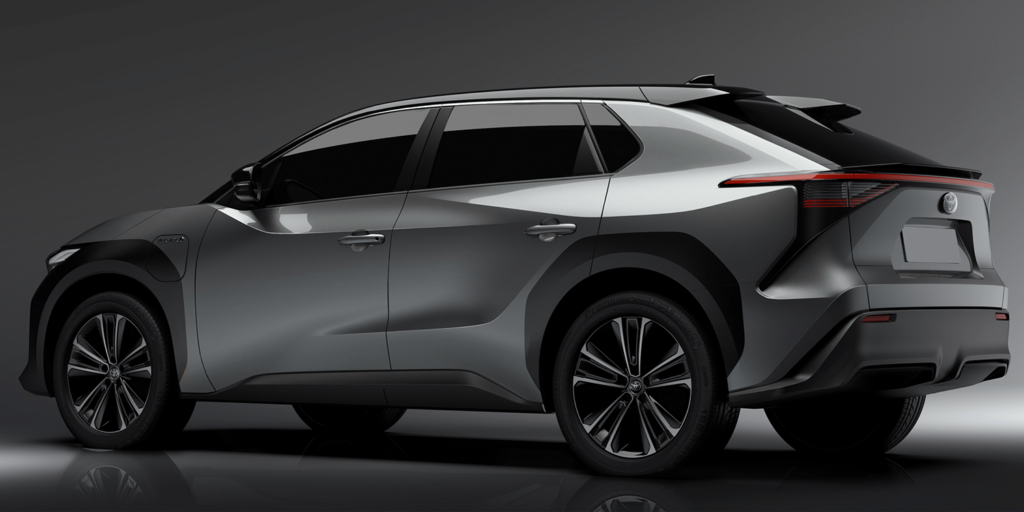
The 2024 Chevrolet Equinox EV will be up against stiff competition in this burgeoning electric crossover segment. These are some of the most popular competitors:
Stay tuned to the latest EV coverage by subscribing to our CarEdge Electric YouTube channel. Join the thousands of EV buyers, owners and enthusiasts in the Electric Vehicle forum at caredge.kinsta.cloud. Bring your questions, the community has answers!
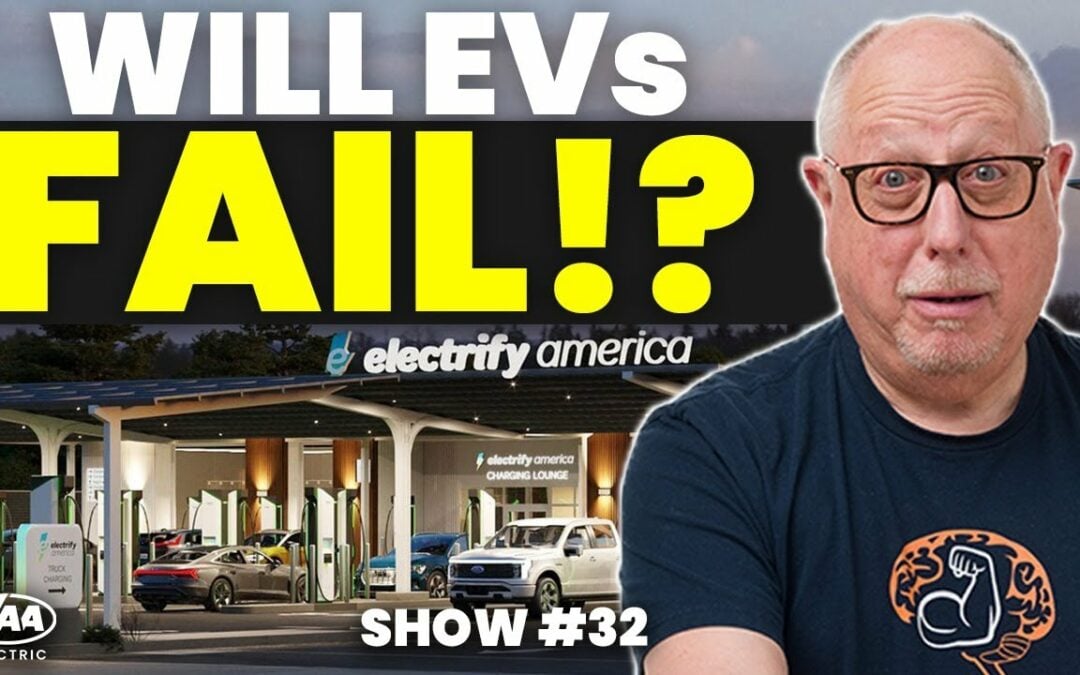
After four months of electric vehicle ownership, my perspectives about the mass transition to electric vehicles have evolved. I no longer think that everyone should run out and buy an EV right now (besides, that’s not possible). I have a greater understanding of the skepticism that accompanies the push to EVs. All-in-all, I feel that I now understand the arguments from both sides: electric vehicles are amazing, better for the planet (in the long run) and fun to drive, however EVs are not even close to being ready for mass adoption.
Automakers have committed well over half a trillion dollars to electric vehicle research and development, marketing and most importantly, charging infrastructure buildout. But the grid isn’t ready, charging providers aren’t ready, and the American public has a LOT to learn before making the switch. EVs could still fail, and bring down the automotive industry with them. We’d hate to see that. These are 5 things that must happen in this decade to prepare the world for electric mobility.
The average price paid for an EV surpassed $66,000, on par with the overall luxury segment.
For years and years, I touted the coming cost parity that would finally make EVs just as affordable as any other car. Industry experts always told us that EV price parity would come when battery costs dropped below $100 per kilowatt-hour. Just as that milestone arrived, the world was turned upside down by the COVID-19 pandemic.
Global factory shutdowns disrupted the supply chains that all automakers rely on, and most notably those related to semiconductor chip production. Without the parts to make the cars, electric vehicle growth was held back just as the public warmed up to them. Raw materials used in both vehicle and battery manufacturing increased in cost by over 100%, and many automakers have passed the premiums on to consumers.
Today, electric vehicles cost more, and inventory is slim. Kelley Blue Book’s June 2022 car price data shows that the average EV transaction was $66,000, $18,000 over the overall car market average of $48,000. One year ago, the average EV transaction was $52,486, or 10.8% less than it was in June of 2020. In short, EV prices are headed in the wrong direction just as automakers are getting serious about making them.
In the age of record smashing, here’s one that will give pause: In June, the estimated average monthly payment increased to $730, which is a new record high. A new car monthly payment now costs as much as rent in many parts of the country. We’re seeing more and more car payments over $1,000 a month. The insane records don’t end there.
More cars are being repossessed as more auto payments are going past-due. With the way things stand today, either EVs will have to become more affordable, or their luxury pricing will soon risk worsening the auto loan crisis.
Earlier this year, Rivian CEO and Founder RJ Scaringe predicted that battery shortages would be the next disruption that the automotive industry would face. In fact, automakers are already rationing the batteries they have, and those they have lined up. Ever wondered why there are so few electric full-sized SUVs? Building those at scale would require a lot more batteries.
The average EV contains $8,255 of raw materials according to CNBC. That’s more than double the amount in combustion-powered counterparts. President Biden has even authorized use of the Defense Production Act to aid the situation by increasing domestic EV production and related supply chains.
For the most part, automakers don’t make their own batteries. They rely on contracts with battery manufacturers like Panasonic, LG Chem, and CATL to supply what their lofty plans for electric vehicles will need. That’s changing little by little. Tesla has started to produce small quantities of its new 4680 battery cells next to Giga Austin.
General Motors just received a $2.5 BILLION dollar loan from the U.S. Department of Energy for manufacturing the Ultium battery in Tennessee. Slowly but surely, some OEMs are taking control of their own battery supply chains. This will be key to avoiding battery shortages.
EV market share SOARS in America. See the latest numbers.

Over 62% of Americans support building out a nationwide charging network, and 39% of American drivers are considering buying an electric vehicle next time they’re in the market for a car. Frugal drivers are welcoming the fuel savings, albeit at a higher upfront cost. At current residential electricity rates, charging up is equivalent to spending about $1.00 per gallon of gas. The most expensive public chargers may approach $2.50 per gallon equivalent.
However, many Americans live in a charging desert. What good is the EV revolution if there’s nowhere to charge? Most EV drivers plug in at home, but not everyone can do that. From apartment dwellers to rural residents, owning an EV simply isn’t viable if there aren’t chargers for road trips, family visits and work transportation needs. When it makes sense for consumers, electric vehicles offer plenty of benefits. Cheaper fuel, less maintenance, sporty performance and no tailpipe emissions to name a few. But EVs risk remaining a symbol of luxury and impracticality if it doesn’t get a lot easier to charge up in America.
2021’s Bipartisan Infrastructure Act included $7.5 billion for the build-out of a national charging network. In summary, federal funding is supposed to get the ball rolling, and the private sector will take it from there. EV charging stations, particularly DC fast chargers, are really expensive to install. On top of upfront costs, America’s electrical grid is not ready for the demand that would be generated by mass adoption of EVs.
The deadline is nearing for states to submit their plans for how they will spend their allocated funding for EV charging. Will they use the funding to install reliable, standardized fast charging stations along major transportation corridors and rural areas alike? We’ll soon find out.
The following are all things I’ve encountered at Electrify America charging stations:
We need to do better to educate EV buyers and prospective EV buyers about how to drive electric without the hassles. We can’t blame the consumer, EVs bring a very different ownership experience. But whose responsibility is it to educate drivers? The dealership? The automaker? The driver themself? Guys like me?
In reality, it will need to be all of the above. General Motors is leaning heavily on the success of what they call affordable EVs to dominate sales by the end of this decade. In the first real sign that OEMs might be taking their newfound responsibility seriously, Chevrolet just launched a great live chat and immersive experience on their website that is entirely devoted to educating the public about their EVs, with an emphasis on the ownership experience. We need more of that, and soon.
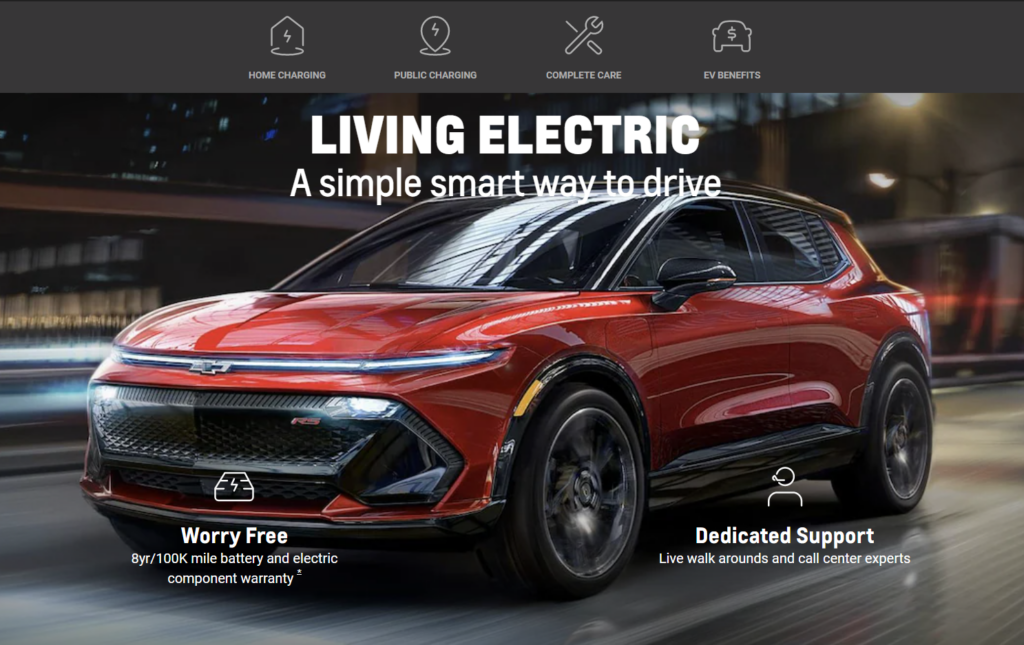
The woman I met who arrived at a charging station with 0% state of charge and no A/C should, in my opinion, be upset with her Kia dealer. She loved the car, but no one had explained to her how to plan for interstate travel in an EV. Dealers sell most vehicles in America, but the dealership sales model is under serious threat from the rising popularity of direct-to-consumer sales. Everyone wants to be Tesla. If legacy automakers are to stand a chance in the EV race, more OEMs need to prepare their dealer networks for the public education that comes along with selling EVs.
Does the lack of affordability, charging infrastructure and public awareness mean the electrification of the auto industry is doomed for failure? No, not at all. That’s because there’s still time to right wrongs, and to build out the nation’s charging infrastructure the right way. EVs are still under 6% market share in the U.S. (See the latest EV market share numbers here.) If these same problems persist when we exceed 15%, that will be real cause for concern.
It’s true that the electrical grid isn’t ready for mass adoption of EVs, but it’s getting there. Grid-scale battery megapacks (also pioneered by Tesla) are already being deployed to provide grid stability in times when the supply of electricity is not keeping up with demand. The sun only shines in the day, the wind is intermittent, but grid-scale batteries store and supply power from these renewable sources whenever they are most needed. Now, it’s like the sun is shining at night. These changes take time. Plus, the push for grid-scale battery storage could throw a wrench in EV battery supply chains. Nothing is certain, but things are moving in the right direction.

These are some innovations that have the potential to make electric vehicles more affordable with longer ranges, faster charging and improved safety. These innovations also make EV supply chains less damaging to the environment and less harmful to vulnerable communities worldwide.
How can the nation as a whole get to where it needs to be by, say, 2025? I’ll leave you with my own suggestion for legacy automakers and policymakers: don’t be afraid to learn from Tesla. A seamless, almost hassle-free EV ownership experience already exists in America, from plug-and-charge, reliable fast charging to the peace of mind that comes with the vast Supercharger network. I encourage all policymakers and engineers to learn from Tesla’s successful growth strategies. Will automakers and politicians have the courage to consult Elon Musk’s Tesla, or will they try to figure it all out on their own? What do you think?
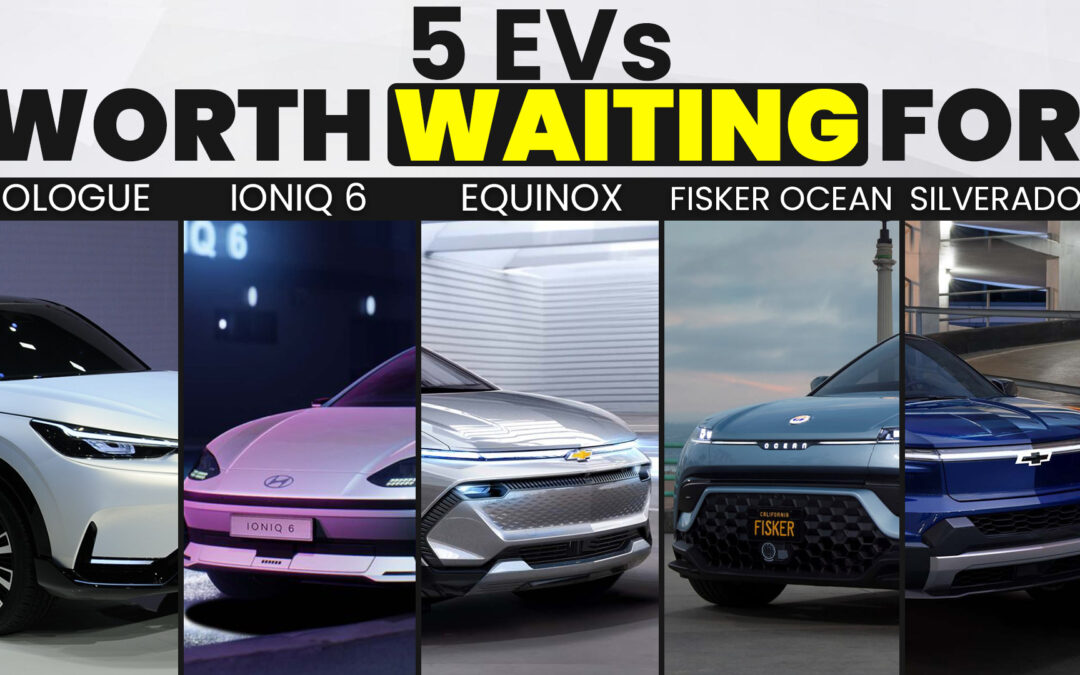
Will 2023 bring more affordable EVs with more range and faster charging? These are the five best new electric models coming to a charging station near you.
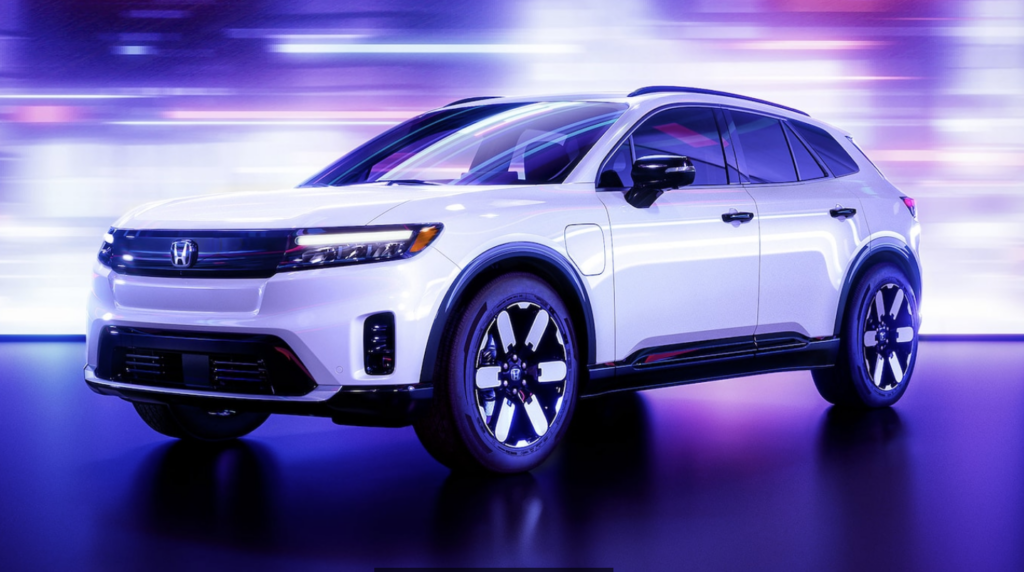
Later this year, Honda’s first electric vehicle to take to North American roads will be beginning production ramp-up. The Honda Prologue electric crossover is expected to be a 2024 model with a late-2023 arrival. However, we’re looking forward to the Prologue for reasons you might not expect.
Honda waited too long to get into the EV game. While many argue that Honda’s decision to focus on hybrid powertrains was a good move for their sales and bottom line, the delay ultimately resulted in Honda looking for strategic partners as an avenue for electrification. In the case of the 2024 Honda Prologue, Honda is working closely with General Motors to bring the same Ultium powertrain in the Chevrolet Silverado EV into Honda’s first American-made EV. But this won’t be a Chevy Bolt 2.0. The Prologue will benefit from a new, much better generation of EV engineering.
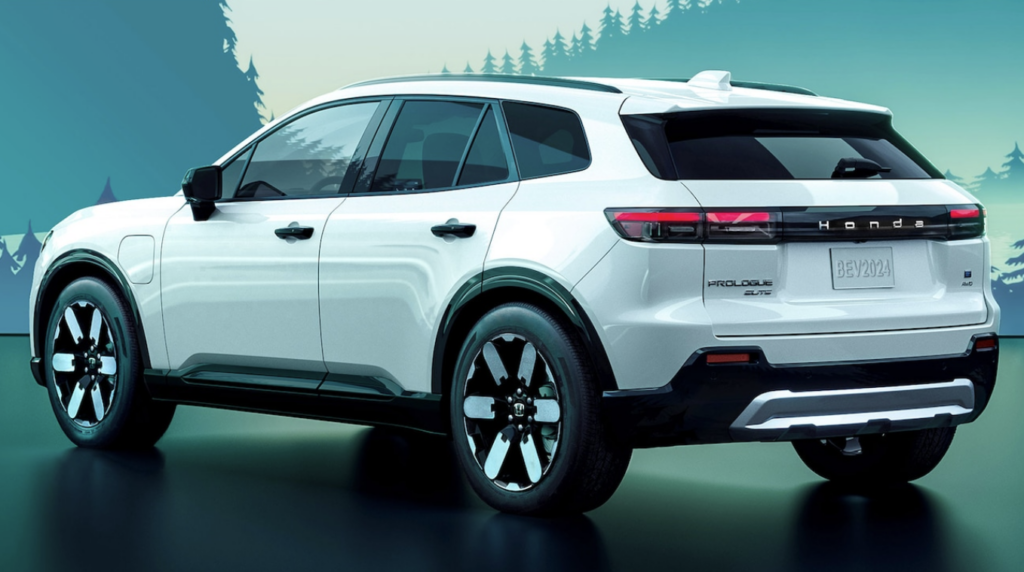
What makes GM’s Ultium electric powertrain so special?
Not only is the Honda Prologue going to be powered entirely by GM’s Ultium electric platform, GM is going to build the Prologue EV from start to finish. This begs the question, is the Prologue even a Honda at all? It’s starting to sound a lot like Chevrolet’s Equinox EV with the Honda nameplate.
Why then are we looking forward to the Honda EV that’s really a Chevy with a Honda badge? It’s all about the hope and promise of the Ultium platform. Here’s why this is worth getting excited about:
Want to know more about the Honda Prologue electric crossover SUV? Here’s our full breakdown of the Prologue.
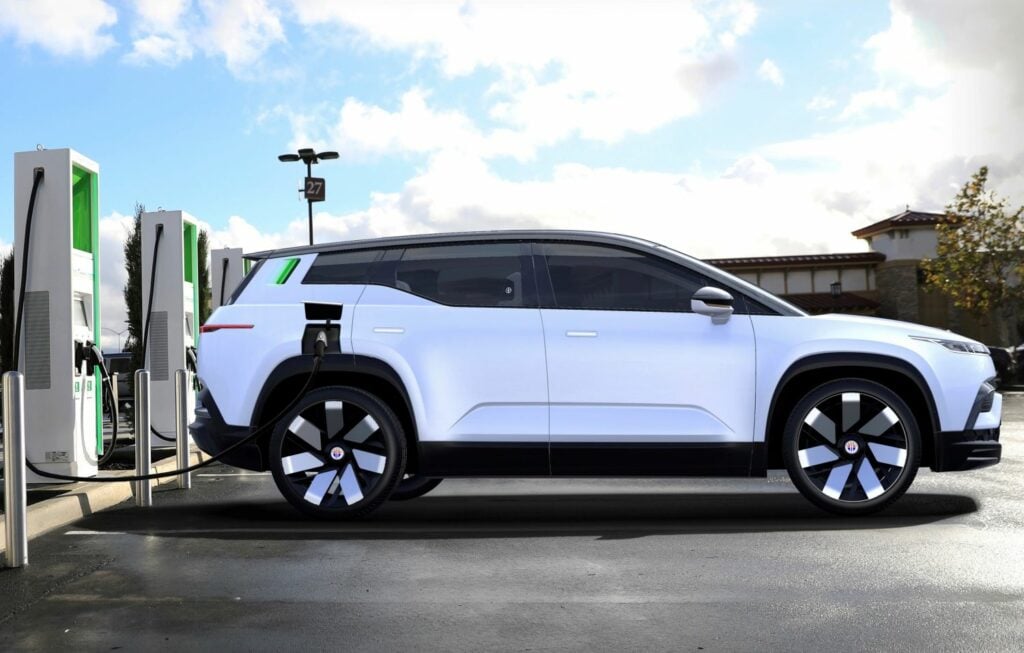
Ironically, Fisker’s first shot at vehicle production ended when the first batch of Fisker Karma electric sports cars succumbed to the saltwater floods of Hurricane Sandy in 2012. But that didn’t stop Fisker from naming their next vehicle the Fisker Ocean.
The Ocean is an electric crossover that targets three consumer demands that EV automakers have so far struggled to unite under the umbrella of one electric model: over 300 miles of range, versatile capabilities, and affordable pricing. It’s almost as if the Fisker Ocean is on track to be an electric Subaru Forester with goals like that.
Plus, if you’re the type of driver that shies away from commitment, Fisker has a sweet deal for you. The innovative Fisker Flexee Lease option lets you lease the Ocean for $379/month with no term commitment. You can hand back the car at any time. It’s essentially a long-term rental with no strings attached.
The Fisker Flexee Lease requires an initial payment of $2,999, and it includes up to 30,000 miles per year. Maintenance is covered. Sounds like a great deal if you ask me!
Here’s what we love about the 2023 Fisker Ocean:
Learn more about the Fisker Ocean electric crossover in our deep dive review. More to come!

Three out of four car buyers today opt for a crossover, SUV or truck. We’ve all heard it before: sedans are on their way out. Not so, says Hyundai. And judging from the reactions to the IONIQ 6’s design debut, the masses still have an appetite for a sleek sedan, as long as it brings something new to the table.
In a welcome surprise, the IONIQ 6 went on sale months earlier than expected. With up to 361 miles of range and ultra-fast charging speeds adding 200 miles of range in under 20 minutes, this is one of the best. Browse Hyundai IONIQ 6 listings in your area.
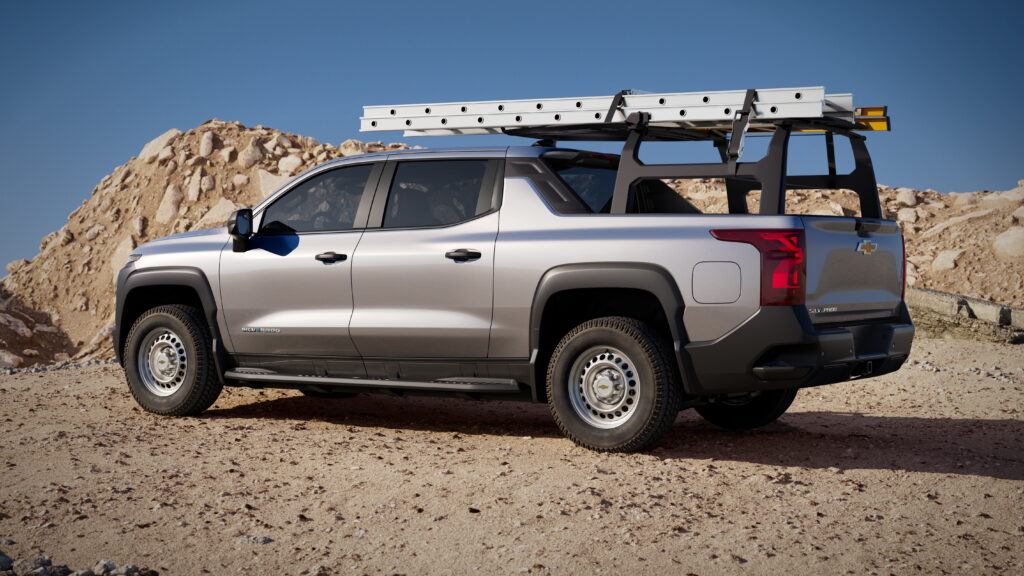
Just one year ago, there wasn’t a single electric pickup truck available for purchase. Tesla’s Cybertruck started the electric pickup conversation with the swing of a sledgehammer in 2019, but other automakers are much closer to bringing electric trucks to market. The outdoorsy Rivian R1T has begun deliveries, and the GMC Hummer EV is crab-walking its way into customers’ hands. But these two premium offerings are at a higher price point than what the majority of drivers can afford. Enter the Ford F-150 Lightning (on sale now) and its chief competition, the all-new Chevrolet Silverado EV.
The electric Silverado is not just a standard truck with an electric motor. It’s much more than that, and far more capable.
Is the Silverado EV better than the F-150 Lightning? Here’s how they compare:
| Starting Price | Fully-Loaded | Range | Max Charge Speed | Vehicle-to-Load Output | EV Tax Credit | |
|---|---|---|---|---|---|---|
| Silverado EV | $39,900 | $105,000 | "up to 400 miles" | 350 kW | 10.2 kW max | No (cap reached) |
| F-150 Lightning | $39,974 | $90,874 | 230 to 320 miles | 150 kW | 9.6 kW max | Yes |
Something to keep in mind: F-150 Lightning buyers have already had their hopes dashed by outrageous dealer markups. What was supposed to be a reasonably-priced electric truck is more often selling to the highest bidder. Will the same happen to the Silverado EV late next year? Considering that Ford, not GM, is the automaker publicly working on a way to end EV dealer markups, it appears likely.
Still, this electric truck is going to be awesome. Here’s our full review of the Silverado EV.

Two Chevys on this list? Crazy, right?! GM’s $2.3 billion joint venture with battery engineering powerhouse LG Chem is beginning to work it’s way into products, and we’re thrilled for what’s to come.
Just about all we know of the upcoming Equinox and Blazer EVs is by way of CEO Mary Barra’s online enthusiasm. Here’s what we know so far.
As you can see, there’s not a lot to say about the 2024 Chevy Equinox EV. Why are we so excited about it then? The mere prospect of an affordable EV is almost too good to be true at this point. The average EV sells for $56,000, a whole $10,000 more than the average combustion-powered vehicle. Should consumers in the market for an affordable EV be stuck with the range and charging limits of the Chevy Bolt and Nissan Leaf? We hope GM follows through on their promise to bring a truly desirable budget EV to the masses in 2023.
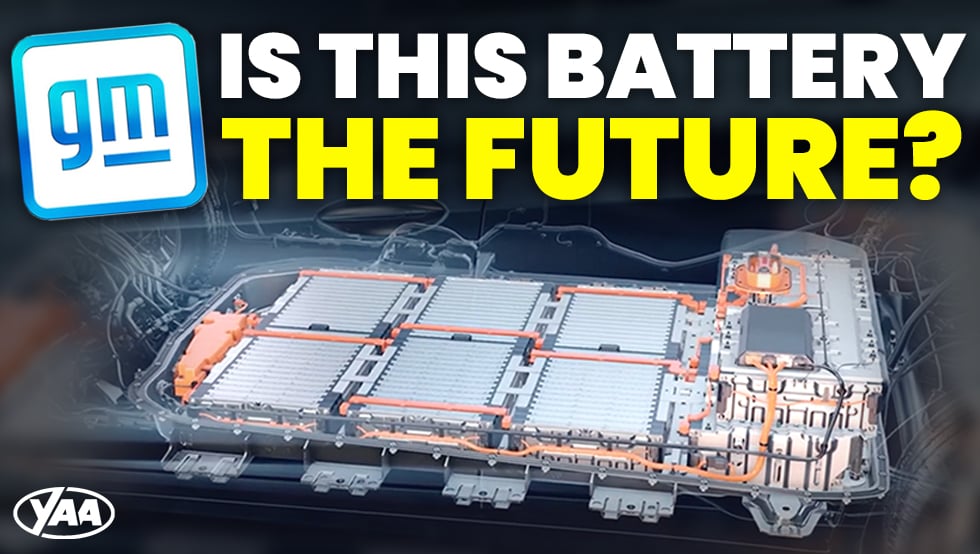
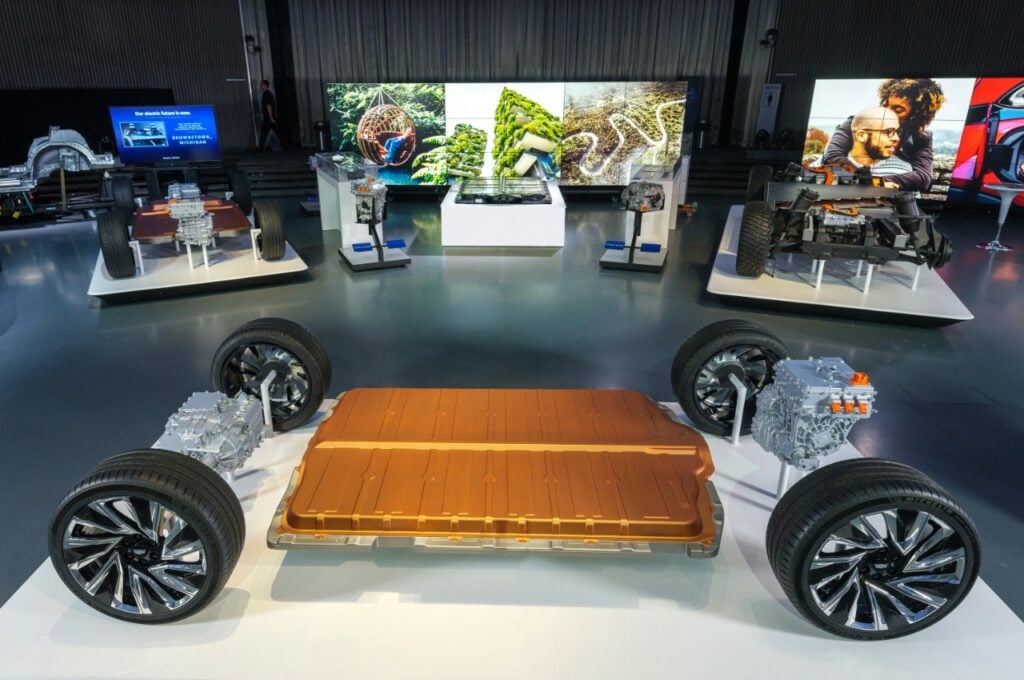
When GM launched its first plug-in hybrid in 2010, the Chevrolet Volt, turning a profit was an uphill climb. It was a time when EVs were a pipedream to most OEMs. Nissan was nearing the launch of the Leaf, the first fully-electric mainstream vehicle ever. Tesla was a nascent startup raising funds by selling the first-generation Roadster. Automakers old and new alike knew that if EVs were to ever become affordable for the masses and profitable for OEMs, the costs of battery production would have to plummet, and battery efficiency and durability would have to increase.
Here we are 12 years later, and GM is ready to launch its first vehicles powered by their all-new Ultium battery platform and propulsion system. Is the platform a technological leap forward? Could it be the key to dethroning Tesla, or is GM after something different altogether? Here’s the latest on what GM claims is the game-changer for mass electrification.
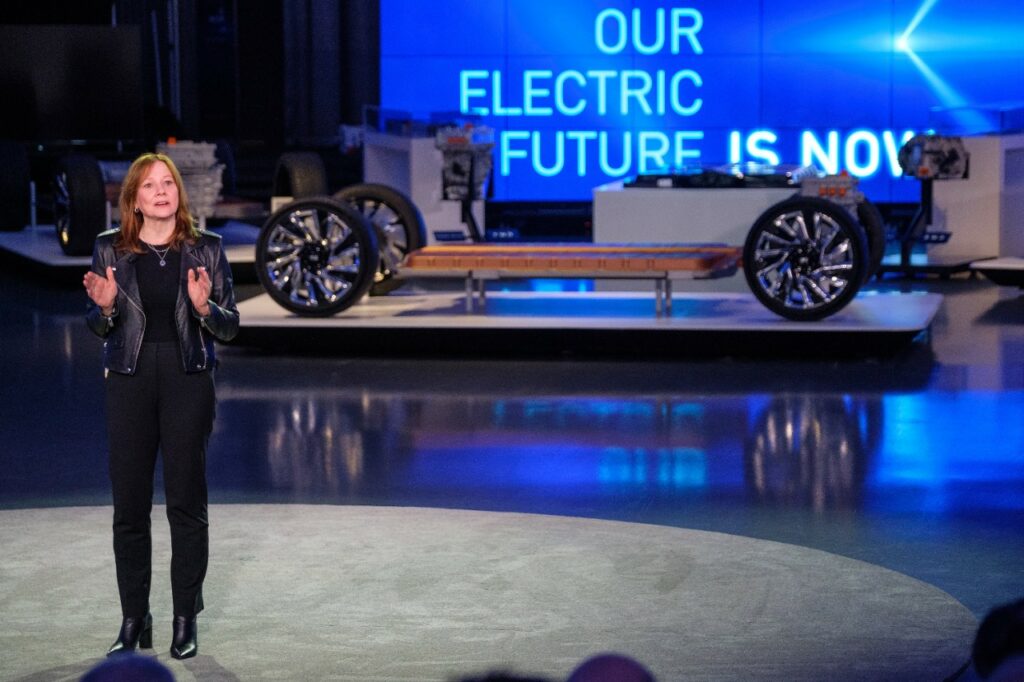
When GM CEO and chairman Mary Barra announced the Ultium platform in March of 2020, there was a lot going on in the world that overshadowed the gravity of her announcement. However, the automotive industry noticed GM’s confidence in its ability to overcome one of the biggest barriers to affordable EVs: battery production costs. Battery capacity is most often measured in kilowatt-hours (kWh). For reference, a plug-in hybrid like the 2011 Chevrolet Volt has a smaller battery, 16 kWh in this case. Today’s popular EVs like the Tesla Model Y, Ford Mustang Mach-E and Volkswagen ID.4 have battery capacities in the 70-80 kWh range.
At the time of the Volt’s launch in 2010, battery costs were about $1,000 per kWh. That meant that the Volt’s 16 kWh battery was the most expensive component of the car. Now, Mary Barra says that the new Ultium platform will be produced at less than $100 per kWh. To date, only Tesla has been known to have reached such battery affordability, and it’s been considered a key ingredient in their secret sauce for success. The press release announcing Ultium didn’t beat around the bush, stating that “the first generation of GM’s future EV program will be profitable.”
Plenty of automakers have ambitious, expensive plans for electric vehicles, but if GM is already there in 2022, are we witnessing a major disruption to the EV segment in real time?
They’re not going it alone. In fact, all major OEMs partner with battery producers to produce their EVs, from Tesla to Ford. In this case, GM is continuing to work with LG Chem for Ultium development and production (which has already begun). LG Chem is a respected battery supplier for Stellantis, Lucid and even some Teslas.
What could go wrong? You’ve heard about the Chevy Bolt battery fires that have resulted in recalls, stop-sales and $2 billion in expenses for GM? LG Chem supplied those batteries too. LG recently agreed to cover the massive costs of the Bolt recall, perhaps in a last-ditch effort to preserve the business partnership between the two.
The automotive industry usually welcomes second chances (remember the Great Recession bankruptcies, VW’s Dieselgate, etc.?), so let’s hope LG and GM’s partnership results in a great electric platform, one that’s far less flammable this time around.
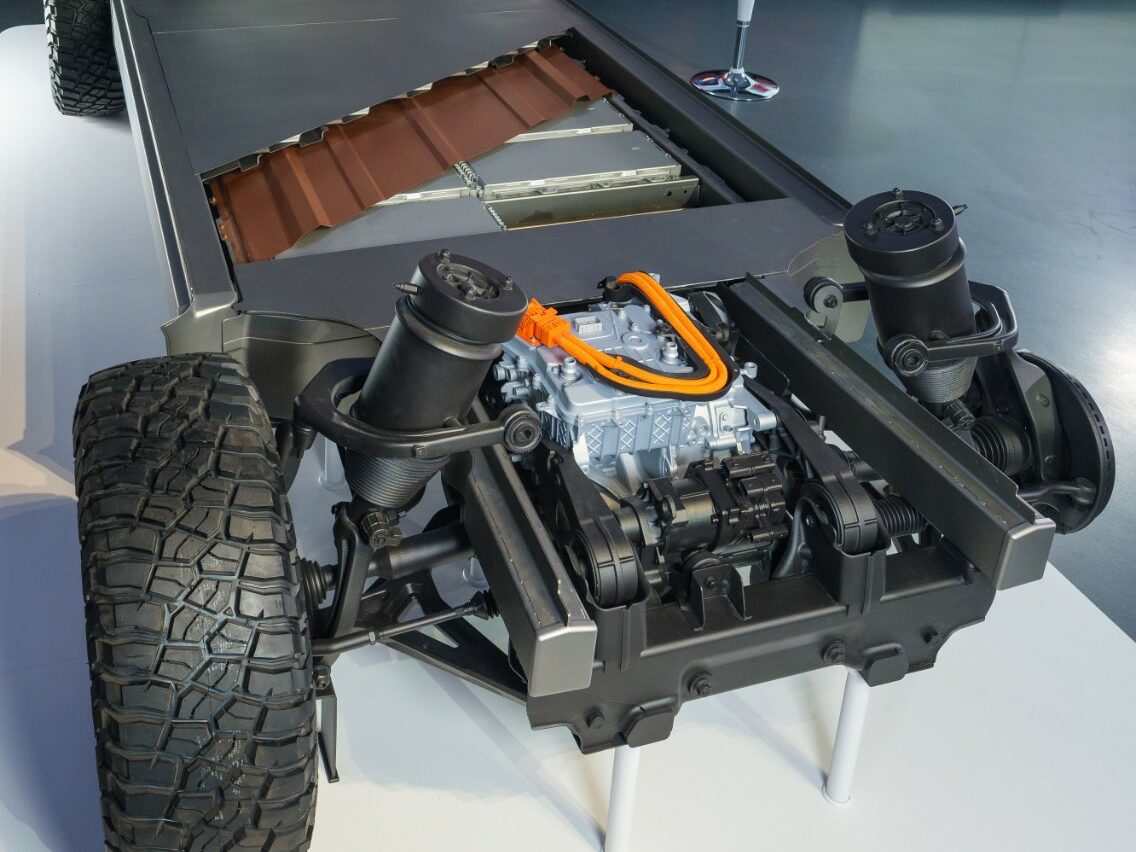
GM says its all-new global platform is flexible enough to build a wide range of trucks, SUVs, crossovers, cars and commercial vehicles all with the same Ultium architecture. They call it a one-size-fits-all approach to electrifying all GM brands by 2035. At the heart of the Ultium platform is a pouch-type of battery module. This is where scalability becomes easy, at least in the eyes of GM’s engineers. Ford and GM are among the legacy automakers who continue to develop pouch-type battery modules, while relative newcomers like Tesla, Lucid and Rivian are using cylindrical batteries in their vehicles. It will be interesting to see which form factor becomes the dominant battery architecture over the coming years.
The new Ultium battery from GM uses a state-of-the-art Nickel Cobalt Manganese Aluminum (NCMA) chemistry, which was designed to reduce the cobalt content in our batteries by more than 70 percent. Cobalt mining in Africa is notorious for human rights abuses, so the battery industry as a whole is looking to reduce reliance on the element.
In the announcement for the new Ultium platform, GM didn’t hide the fact that they see battery production as a new source of revenue. Vertical integration of most vehicle components has been one of Tesla’s most influential strategies in the auto industry. Now GM leadership sees the value of cutting out the middleman (to an extent). “By vertically integrating the manufacture of battery cells, the company can reach beyond its own fleet and license technology to others,” reads the March 2020 announcement. They also tout their ability to leverage existing facilities and equipment for Ultium battery production.
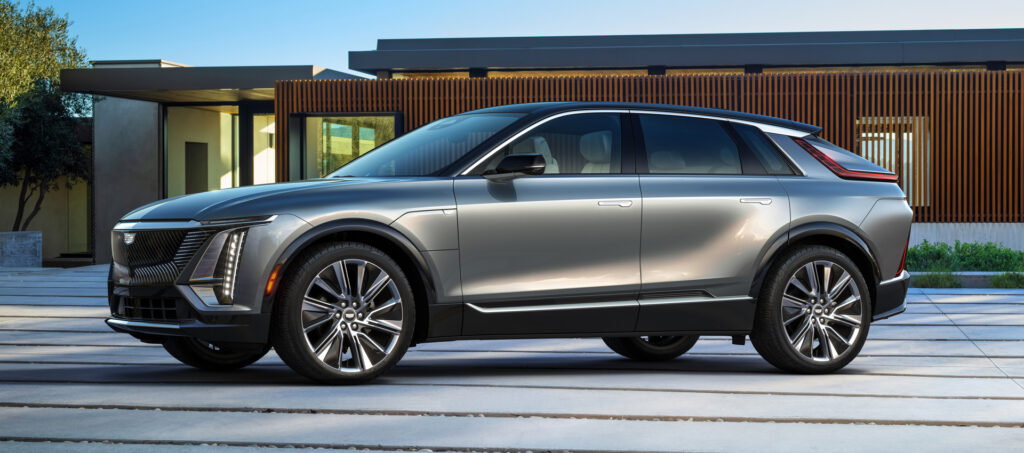
The first generation of Ultium-powered vehicles is already arriving at dealerships. GM just shared the first customer deliveries of the resurrected GMC Hummer EV, a 1,000 hp crab-walking luxury electric truck. In case you’re keeping track, both Rivian and GM have delivered the first electric trucks in America before Tesla has started production of its Cybertruck.
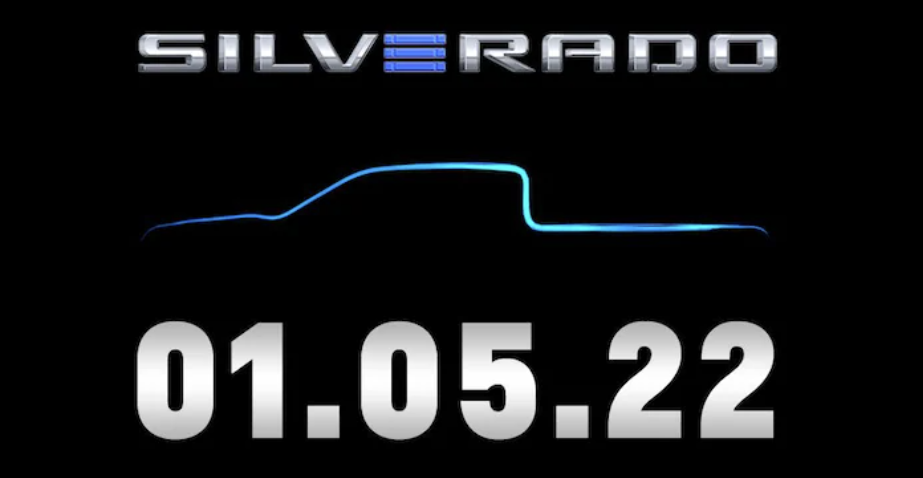
Soon to follow will be the 2023 Cadillac Lyriq electric crossover (starting MSRP of $60,000), which will hit the road in 2022. The real test of the Ultium platform’s market strength will be the Chevy Silverado EV. Electrifying one of GM’s best-sellers is a bold move. We don’t know much about the electric Silverado yet, but GM will unveil the truck on January 6, 2022 at the CES expo in Las Vegas.
GM plans to stop selling combustion vehicles by 2035, so a LOT more Ultium vehicles are surely in the making. Cadillac will be exclusively electric by 2030, a mere eight years ahead. What’s next, an electric Camaro?
Execution is key for GM. We learned in 2008 that no automaker is too big to fail, and a Bolt-like battery blunder can’t happen with the new Ultium platform. Hopefully GM and partner LG Chem have taken the time and due diligence to get it right. It remains to be seen if GM will price its vehicles competitively.
The 2022 Chevy Bolt and Hummer EV are worlds apart in terms of affordability. In fact, the Bolt and Nissan Leaf are the only two popular EVs that typically sell for under $40,000. Will EVs forever be mostly $40k-plus models, or will American soon have Ultium-powered economy options to consider. Only time will tell if consumers are willing to spend Tesla money on a GM EV in 2022. About 641,000 employees work for the big three American automakers (GM, Ford, FCA/Stellantis). With so much money, investment and infrastructure on the line, we sure wish for their success.
We have thousands of EVs (and other vehicles) listed today. Each listing includes industry insights, empowering data and the true TotalPrice that will make buying a car the transparent process it should’ve always been. Check it out here!